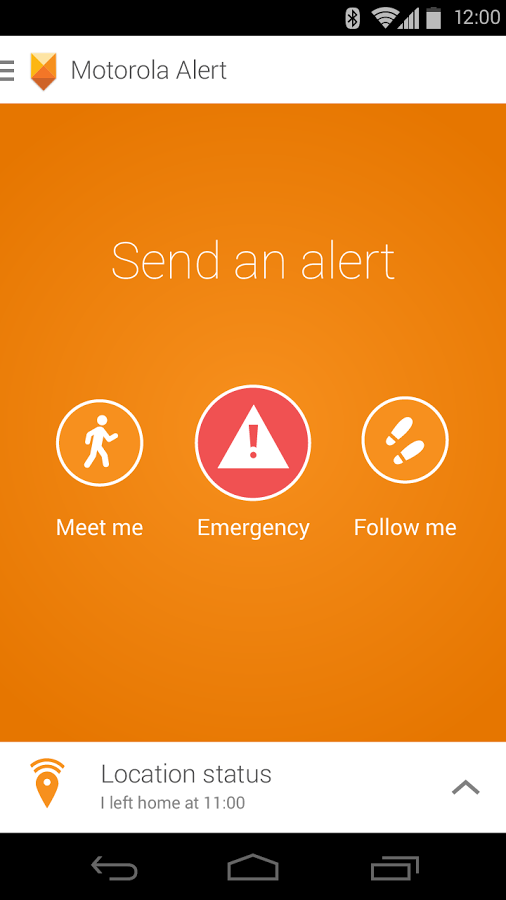
There’s this rumor floating around that maybe, just maybe, we’ll soon see 3D screens show up on Apple iDevcies, the iPod nano in particular. Sure, I expect we’ll see that—eventually. Almost inevitably. Apple and everyone else will want to compete with Nintendo’s 3DS. But what’s causing this most recent stir is a post on Japanese blog Macotakara, which contains the following video.
Â
Now, this video shows off what amounts to an awesome display of visual effects. But, in no way is it showing anything that requires an actual 3D screen. The Macotakara post makes reference to Sharp 3D panels, however, so I definitely think there’s some truth to the rumor. As I said above, it is likely inevitable. But as to why the video is associated with the article—really stumps me. Since I can’t read Japanese, and Google Translate is only so accurate, I’m stuck on finding out more about it. I see the video is also posted to, I’m assuming anyways, the personal blog of whoever created it. If you know Japanese, maybe you can help me find out more about this video’s origin?
These types of effects can be pulled off using the accelerometer (or gyroscope, if available) and compass. No need for a 3D display panel or shutter glasses at all. The techniques are already used in augmented reality apps like Google’s Sky Map and Layar for representing geolocated data on screen. Which is kind of similar to what’s being shown in the second half of the video, with the flying jet. Instead of controlling objects in the world with the accelerometer, as with steering in driving games, it controls the direction the “camera” is pointing, and thus, controls what you see. We’ll see more and more of this as augmented reality grows in capability and popularity.
What’s being shown in the first part of the video, with the home screen icons appearing to float over the wallpaper, is actually a 3D effect created by tricking the eye. It is an effect of parallax. Think about driving down the road, looking out the window and watching objects in the distance seeming to move at a slower rate than those zipping past right in front of the window. For a launcher app, it’d be a matter of rotating and scaling the wallpaper itself, behind the icons. The icons would still be displayed like they always have been. This is something that can be done on nearly any mobile platform, right now.
Interestingly related, Google just acquired some new talent. Johnny Chung Lee took a position with them as a “Rapid Evaluator”, which I posted an article about recently. You can check that out here. In that post, I’ve embedded a video that shows off a similar parallax 3D effect that Lee was working with using Wii Remotes for head tracking. Might Lee have joined forces with Google to work on 3D interactions for Android? I’m doubtful, but the possiblity sure is fun to think about!
Sources: Technabob, Macotakara (translated)









